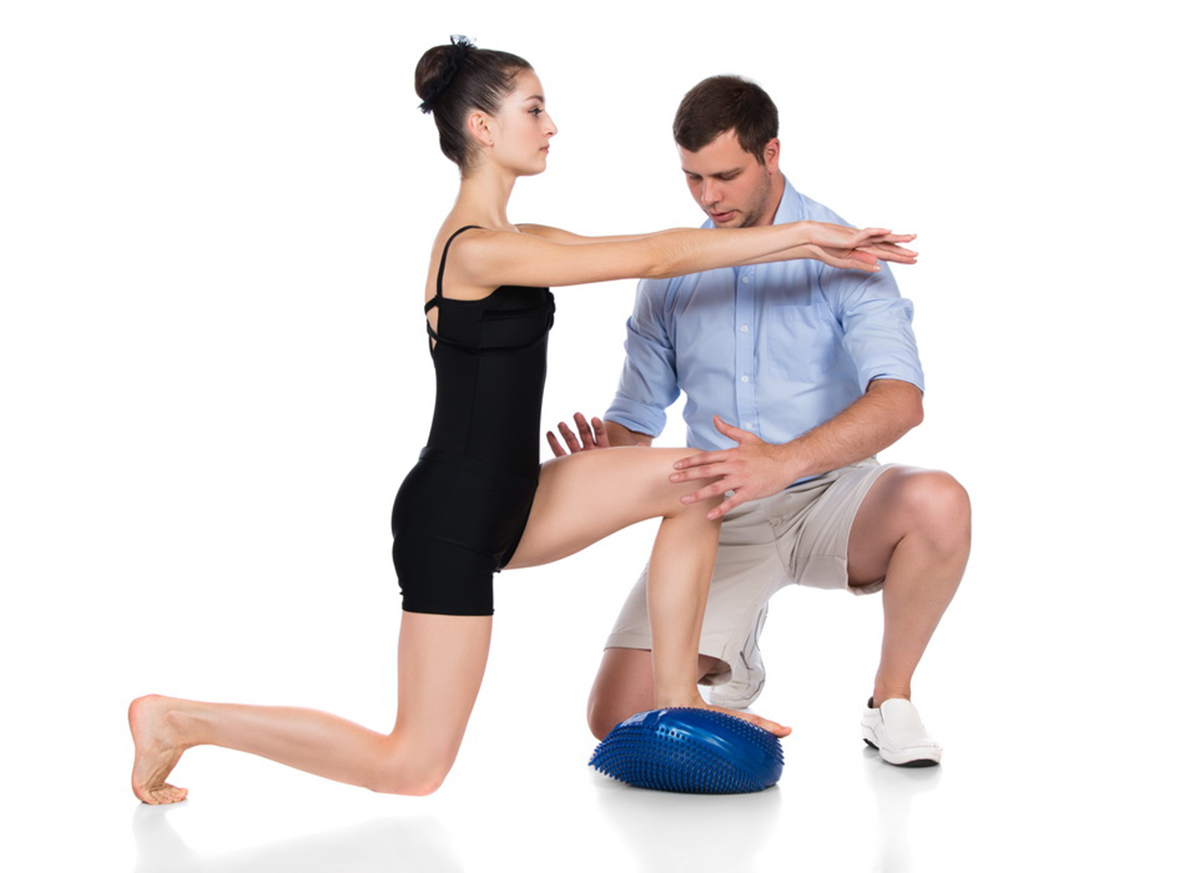Table of Contents
When you hear about rehab - and the newly-fashionable prehab, which you do before you train so you don't have to do rehab - you expect a set of exercises carefully designed to restore natural and effective movement to damaged or twinged joints.

Instead, all too often, you're getting poorly designed exercises designed to correct a problem that doesn't exist and creating a new one in the process.
Before we go any further, let me say that if you're seeing a doctor, physio/physical therapist, chiropractor or other professional and you're getting better, don't think I'm saying you're wrong. I'm not. Good advice is the best thing you can get.
Too many times, people want a quick fix to a problem they accumulated slowly. One-idea rehab programs, as we'll see, do more harm than good.
We'll start with ankle rehab, and then look at shoulder rehab.
In each case, we'll try to figure out why recovery rates from these rehab protocols are so low.
Ankle rehab
Ankle rehab doesn't result in a 'fixed' ankle a lot of the time. If you've sprained your ankle once, there's a 70% to 80% chance you'll sprain it again. Every additional sprain contributes to the likelihood that there will be further additional sprains: it's called chronic ankle instability. There's a god chance you know someone who has it if you don't have it yourself, and if you ask them they'll probably talk about their ankle injury in terms like, 'it just went.'
The cause of the collapse - the reason your ankle 'just goes' - is usually ascribed to muscular weakness. The muscles that push the sole of your foot down towards the ground, called plantar flexion, are much stronger than those that pull your foot up towards your knee , called anterior flexion. Similarly, the muscles that turn your foot inwards, so the little toe is lower than the ball of your foot, are stronger than those that raise your little toe and push the ball of your foot downward. By far the most common ankle sprain injury follows that pattern - the little-toe edge of the foot is on the ground and the ankle turns over with the ball of the foot off the ground.
Add in the excessive movement caused by the tissue damage from the original sprain and the solution looks like:
1. make the muscles in your ankle stronger, and
2. reduce the mobility of the ankle while it recovers.
See Also: Rehabilitating An Injury: The Rules
So along with non-steroidal anti-inflammatory drugs, you'll typically be given a brace or support for your ankle, and a regime of exercises to strengthen the weak muscles that got you hurt.
- Photo by shutterstock.com
- Photo courtesy of Karah Levely-Rinaldi by Flickr : www.flickr.com/photos/kazzpoint0/5616957312


Your thoughts on this